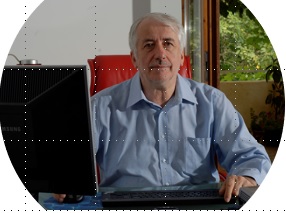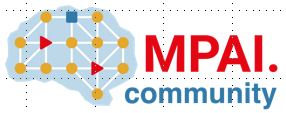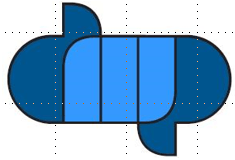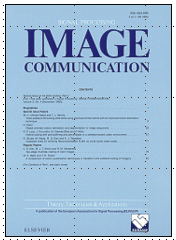The MPEG drive to immersive visual experiences
Introduction In How does MPEG actually work? I described the MPEG process: once an idea is launched, context and objectives of the idea are identified; use cases submitted and analysed; requirements derived from use cases; and technologies proposed, validated for their effectiveness for eventual incorporation into the standard. Some people complain that MPEG standards contain too many technologies supporting “non-mainstream” use cases. Such complaints are understandable but misplaced. MPEG standards are designed to satisfy the needs of different industries and what…
















